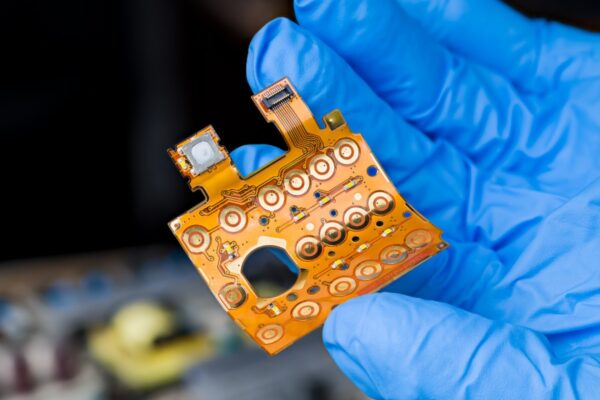What is Etch
Etch is a process of selectively removing unwanted copper from a printed circuit board to create the desired circuit pattern. This step is essential for defining the conductive pathways and connections between electronic components on the PCB.
The etching process begins by coating the PCB with a protective layer called photoresist. A film mask is then applied over the board, and UV light is used to expose the photoresist material. The areas exposed to the UV light harden, while the areas covered by the film mask remain soft.
After the exposure, the board is immersed in a chemical solution, typically ferric chloride, which acts as an etchant. The etchant selectively removes the unprotected copper, leaving behind the desired circuit pattern. The etching process is controlled by factors such as the exposure time and the concentration of the etchant solution.
Etching plays a role in the manufacturing of PCBs as it enables the creation of intricate and precise circuit patterns. It allows for the formation of conductive traces, pads, and vias that establish connections between electronic components. The choice of etchant solution may vary depending on the specific requirements of the PCB design and the materials used.





